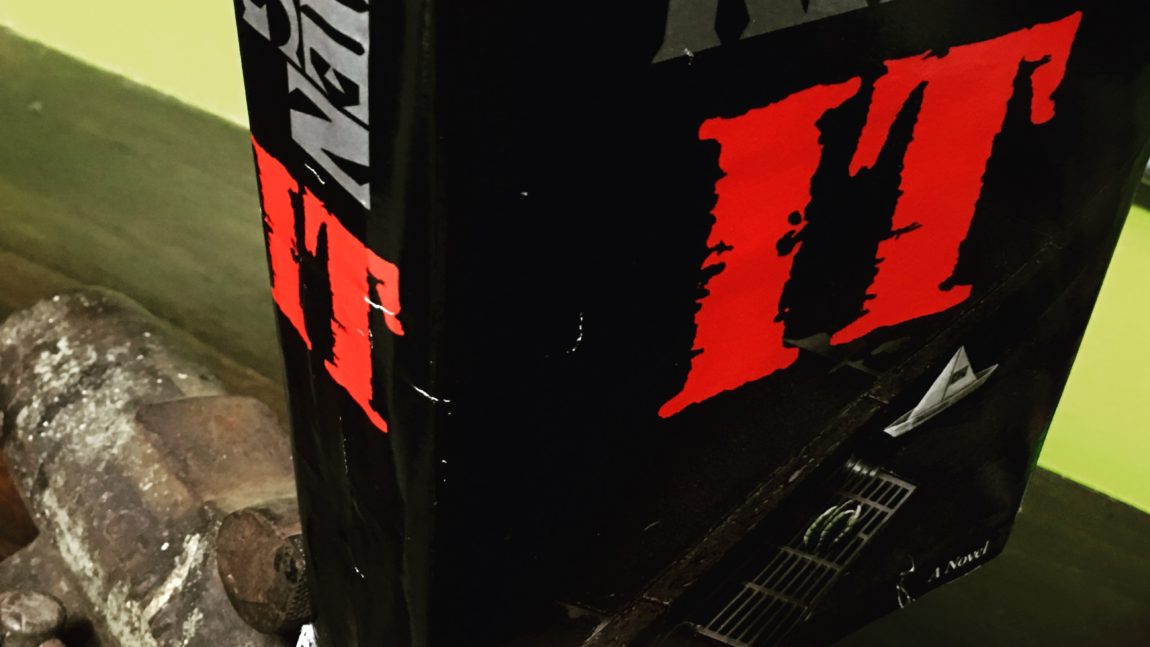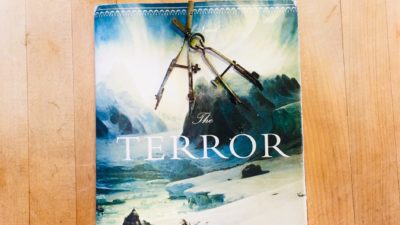*** Spoiler Alert ***
The story: A group of young, and unlikely, friends team up as the “losers club” to defeat a shape-shifting clown (pretty scary, really), only to grow up 27 or so years later to learn that the thing isn’t dead. As adults, they return to the small town of Derry to confront the clown, which turns out to be a façade of what It really is: a giant spider from another world (dimension, spiritual realm, whatever … are you kidding me?), which kills children by changing into what they most fear. Those who don’t die as adults in the final confrontation rip the heart of It and move on with life, forgetting the painful past. All that in over 1,000 pages. Whew!
It is more about the process than the final payoff. Upon the first read many years ago, this reviewer thought It was a decent story about how some kids become best friends and eventually beat a monster. And while It was a good story, it was just way too long!
But really, It’s story is more about how large communities ignore evil all around them, and even become complicit with the evil by action and omission. Society becomes rather cozy and friendly with It, unconconsiously (maybe) facilitating the vagaries of evil.
With this in mind, the best part of the story is how the kids meet under stress (the death of a brother, painful childhood loneliness of an outcast, an abused girl, class clown, nerd, weakling, difficulties of a minority, severe bullying), and build strong friendships out of hardships that ultimately empower them to beat the unbeatable. In this sense, the author seems to suggest that nothing is better, and more meaningful, powerful, than genuine friendship. That’s a great story!
Most people probably have some deep pain about their childhood buried somewhere; something they’d like to forget. Readers can easily identify with these kids, and enjoy the fantasy of beating the all-too-real childhood nightmares of the past.
It also suggest that violence begets violence but can still be defeated. With each 27-year cycle, since time without beginning, It would come back and kill. The beginning of its cycle was typically marked by some violent event inflicted by the people of Derry, and ended by some gruesome final violence. It feeds not only on fear, but violence. The imagination of the victims brings about the form of the monster attacking. Aware of the recurrence of death every cycle, and some aware of the returning clown, the townies ruthlessly ignore the deaths, like a mob of realists who deny seeking a squadron of flying saucers. It’s just not possible!, they say. American society’s initial refusal to acknowledge the blatant horror and absurdity of the Vietnam war comes to mind.
On the surface, the ending of It is both disappointing and nearly silly. It’s a bit of a letdown to find out that It – supposedly the scariest something-we-just-don’t-know-what-it-is-yet – is just a huge spider. Okay, it can shape-shift, but a spider? One wonders whether King watched way too many 1950s “horror” films, where the scariest things tended to be nothing more than big hairy, scaly, or [whatevers], such as the blob, big spiders, the Locness Monster, mummies, werewolves, etc. Indeed, It takes the form of many such notorious creatures during the book.
All that said, and still with a bit of disappointment, this book is not really about what It turns out to be. Even if It was really just Merv Griffin in a pink rob holding a cocktail (who can shape shift), the real story is about the guts of the book – what happens to the kids, their adult counterparts, and the town. And their friendship.
It is about the process of the story, not the ending. So when you’ve read over 1,000 pages, and feel ripped off by nothing more than the main character killing It with his bare hands (like why couldn’t he have done that sooner), remember all the great vignettes that got you there in the first place – the moving pictures of Bill’s photo album, Mike’s battle with the huge black bird, Richie’s confrontation with werewolf, Eddie’s fight with the mummy, and so on. Those stories pack a punch, and when it’s all over, It has meaning. It was very entertaining.
All that said – 300-400 pages could have easily been cut out from this wonderful tome.





Add Comment